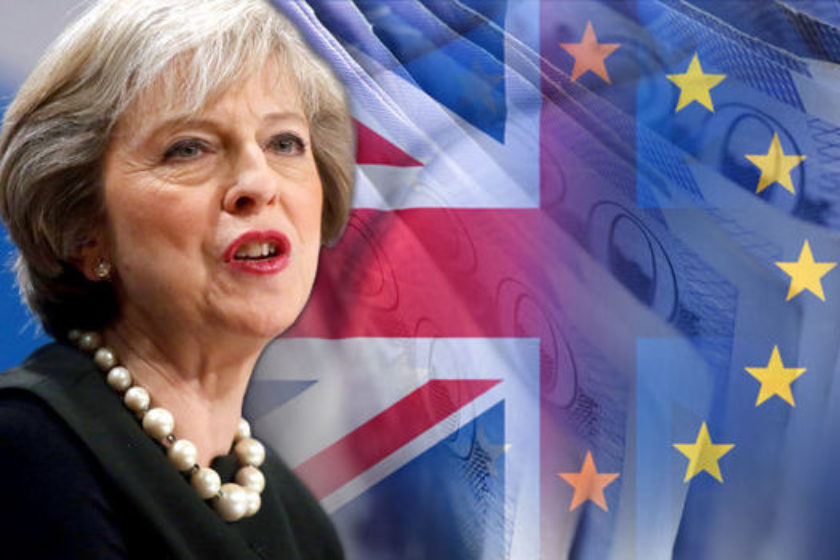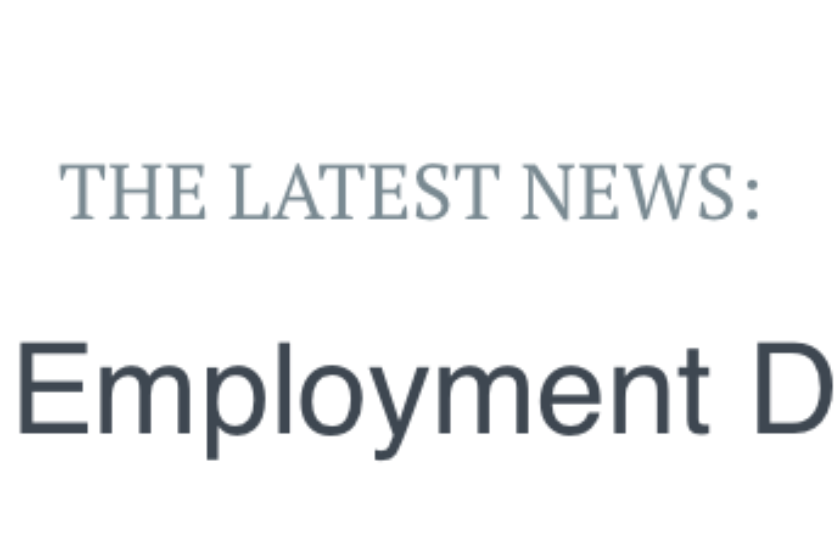Market Overview:
Good news emerged from the G20 weekend meeting, with U.S. President Trump and his Chinese counterpart Xi Jinping agreeing to hit the pause button on the introduction of new tariffs and intensify their trade talks. This saw US equity markets jump higher with the S&P 500 up over 1%, while the Aussie, New Zealand dollar and the currencies of South Africa, Turkey and Mexico all rose. Shares from Sydney to Seoul gained and the 10-year Treasury yield jumped back above 3%. The greenback traded lower against most of its large developed-market counterparts. Trump and Xi have now agreed to halt any new tariffs for 90 days as the countries continue negotiations. The U.S. had been scheduled to push ahead on Jan. 1 with increased tariffs on $200 billion worth of Chinese goods. Although far from resolved, the easing in tensions between the leaders of the world’s largest economies goes some way to assuage sentiment that’s been weighed down by concerns that the trade war is having a damaging effect on global economic growth. Also adding to a more positive tone were last week’s dovish comments from the Federal Reserve around interest rates approaching more neutral levels which helped propel a revival in risk taking. We expect this more “risk-on” approach to be the prevalent theme over the coming week for both equity and currency markets. Market focus will also be on US data released throughout the week, culminating in the Non-farm payroll data on Friday, the last for the year. Read more







